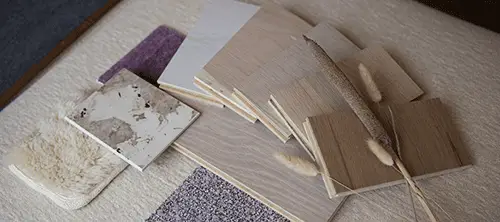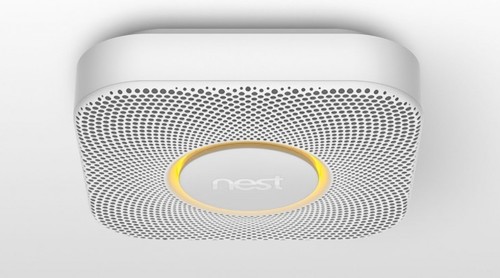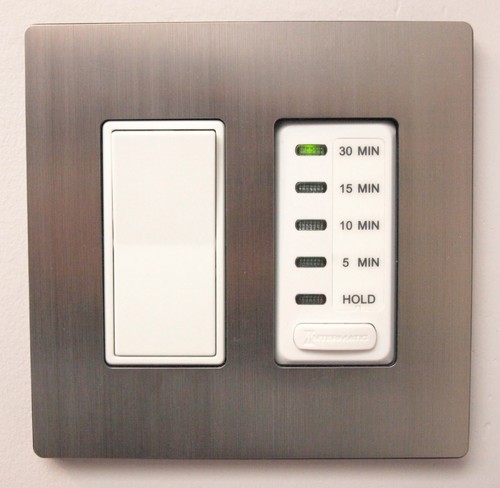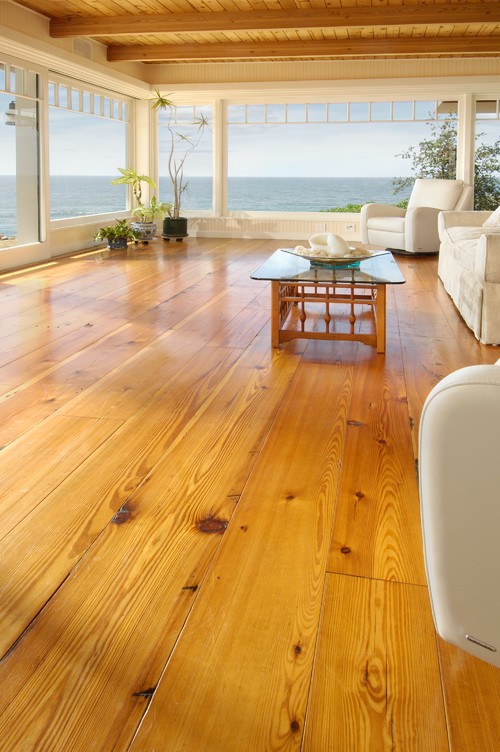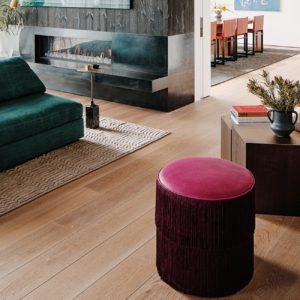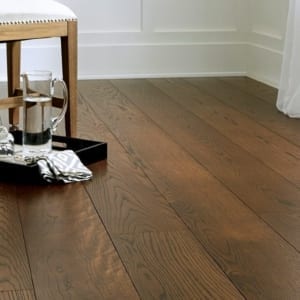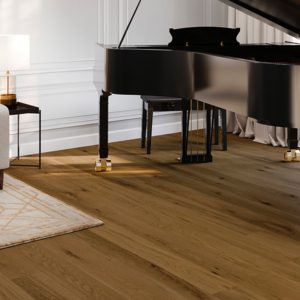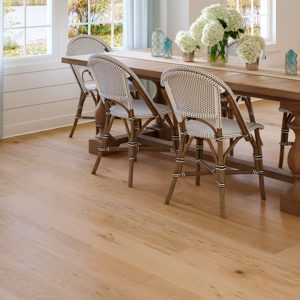How a Smart Home Can Be a Green Home
From solar power and automation to smart appliances and programmable thermostats, today’s smart home technology makes your home more efficient, smarter, greener and more environmentally friendly. These new, innovative technologies make your life easier and more convenient, and sometimes they can even save you money.
Here are just three examples of how technology can make your home eco-friendly:
Programmable Thermostats Save Energy
There’s a common misconception about programmable thermostats that they are too hard to use. That’s why Nest Labs invented a programmable thermostat that takes less than 30 minutes to set up and can be controlled directly from your iPad Air or smartphone.
On top of being easy to use, the Nest Thermostat is eco-friendly. The creators even implemented the Nest Leaf to encourage you to save more energy in addition to using the Auto-Away setting. You see the Nest Leaf appear on your thermostat when you choose a temperature that saves your home energy. Additionally, the Nest Leaf is designed to guide you to higher energy savings over time. For example, you may receive a Leaf during your first week of use for turning up your cooling to 73 degrees. But, once it learns this pattern, you may only see the Leaf if you turn it up to 76 degrees. This technology certainly makes your home smart and more eco-friendly, too.
Maintaining consistent temperatures, and humidity levels in your home, is also great for the wood in your home, such as your doors, wood floors, windows and cabinetry.
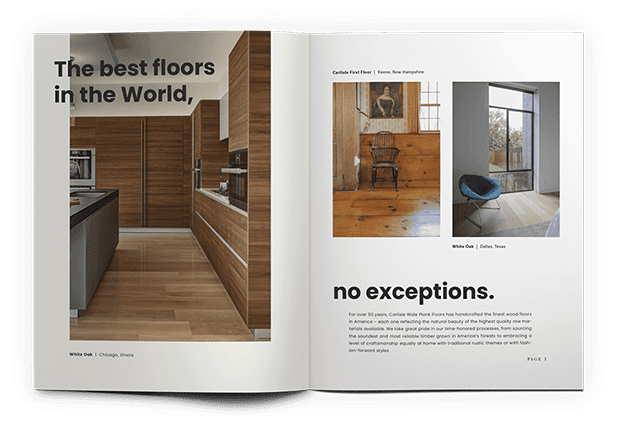
Endless Inspiration for the Floor of Your Dreams
GET DESIGN BOOKTurn on Energy Savings With Lightbulb Control
It’s often overlooked, but the lighting fixtures in your home can be a potential source for energy loss and waste. Most homes have only two options when it comes to lighting: on or off. This means that no matter the time of day, each time the switch is flipped, it’s emitting the same amount of light and energy.
The simple solution to saving wasted energy is using a dimmer. Homeowners who use dimmers can experience an electricity savings of 4 to 9 percent, according to Lutron. Additionally, Lutron light dimmers extend bulb life up to 20 times longer, no matter which type of bulb is being used. Saving bulbs and saving energy; it’s a win-win for your wallet and the environment.
Go All Natural With Daylighting and Automation
In addition to using energy-saving light dimmers, you can opt to go natural by using natural lighting, or daylighting, to illuminate your home during the daytime hours and to save money. According to the Environmental Protection Agency (EPA), natural light can increase your home’s energy efficiency while reducing your home’s impact on the climate.
When partnered with energy-efficient windows, daylighting reduces the need for artificial lighting without causing cooling or heating problems. However, if you do not have energy-efficient windows installed, use automated window treatments to keep your home at a comfortable temperature when the sun is shining in. For example, Somfy automatic shades can be programmed to close during the hottest part of the day, at dusk or when you’re not home with the touch of a button, which limits your use of the air conditioner.
If you are looking for even more ways to make your home more eco friendly, check out 10 Ways to Make your Home More Energy Efficient . And don’t forget, North American made hardwood flooring can be one of the healthiest, and most sustainable additions to your home. Antique wood floors are a great way to minimize your eco-footprint too, because you are recycling and reusing. If you want to check out all the options get a free catalog now.
